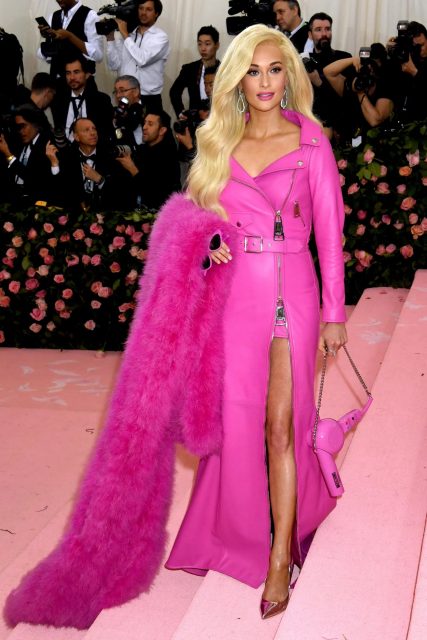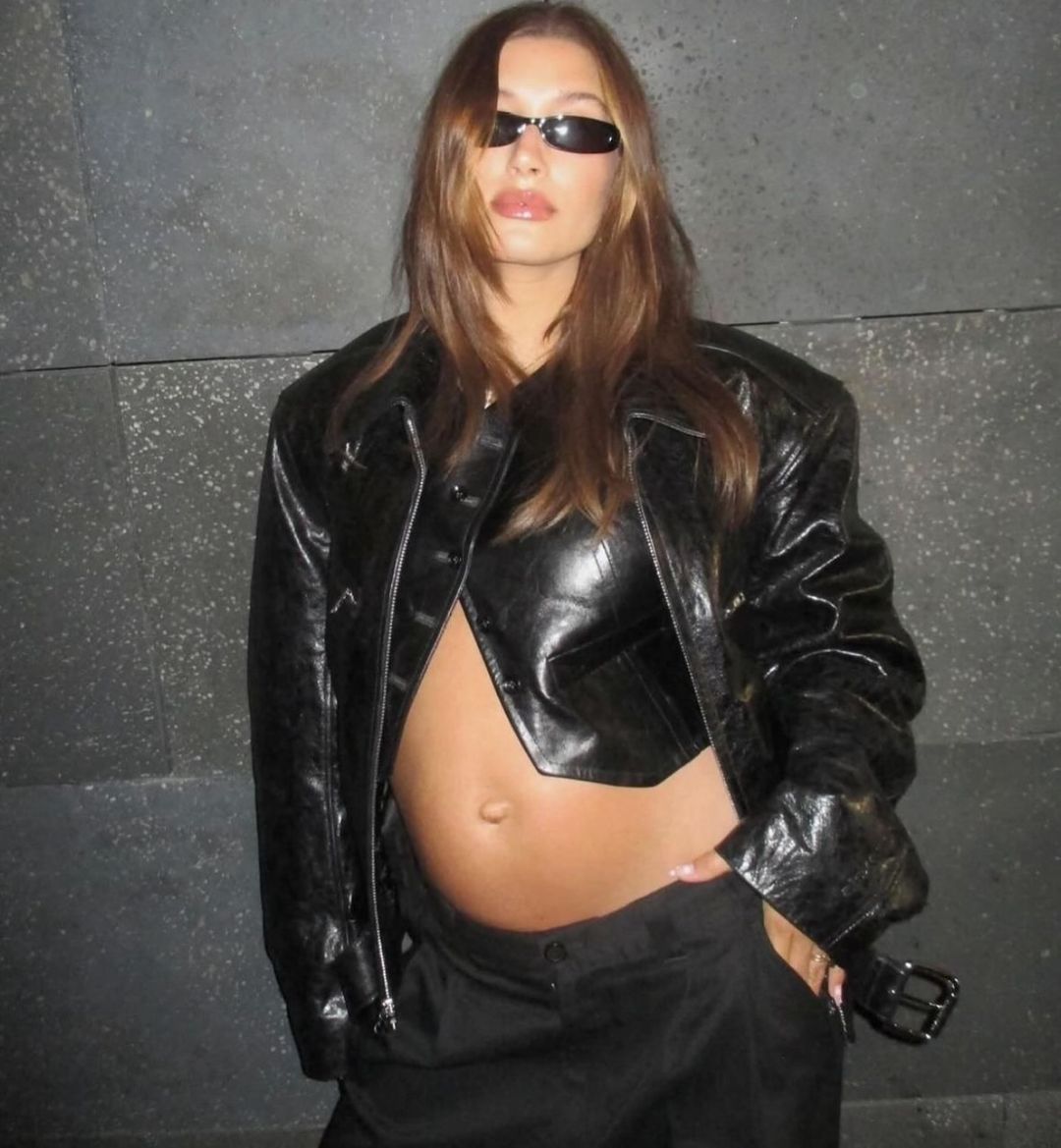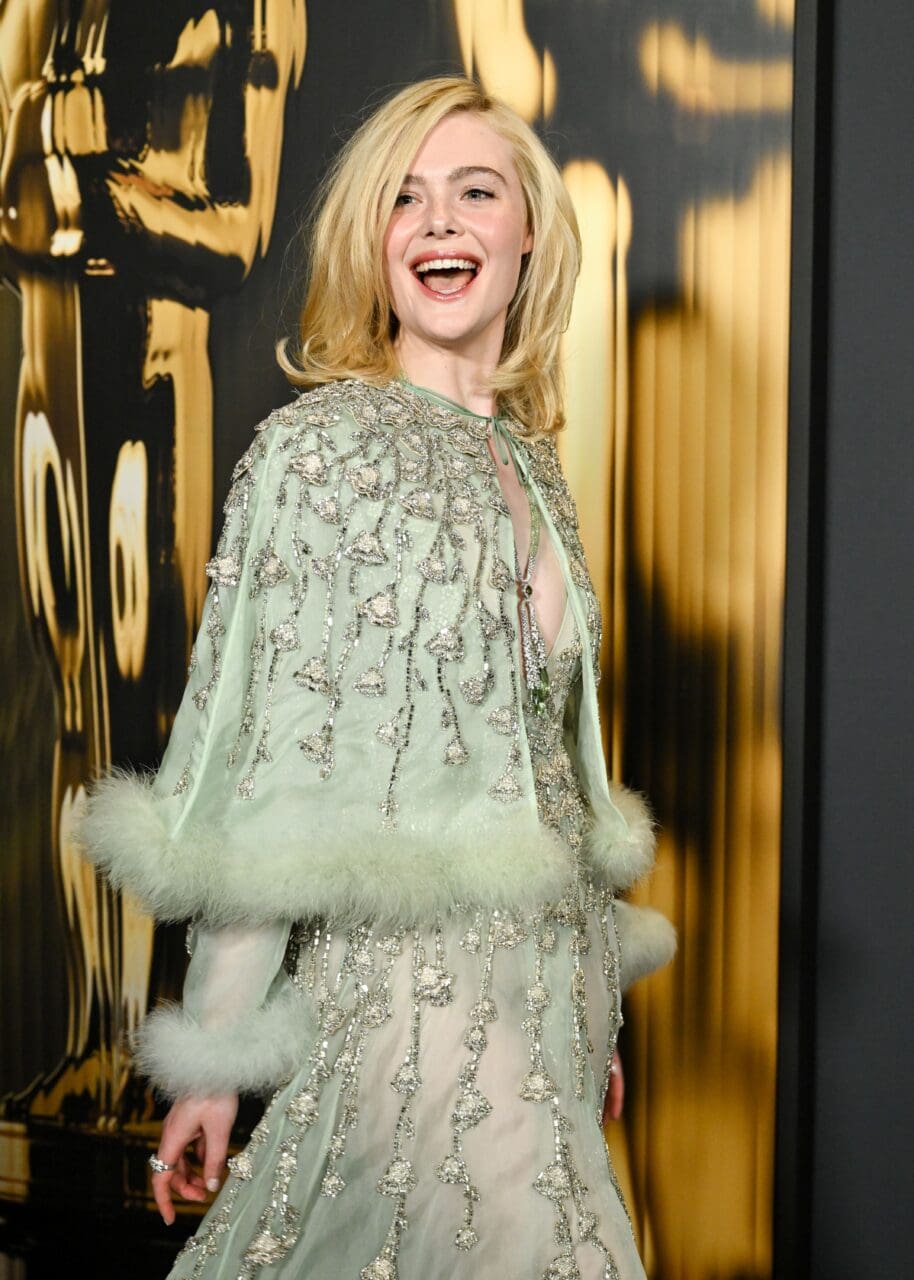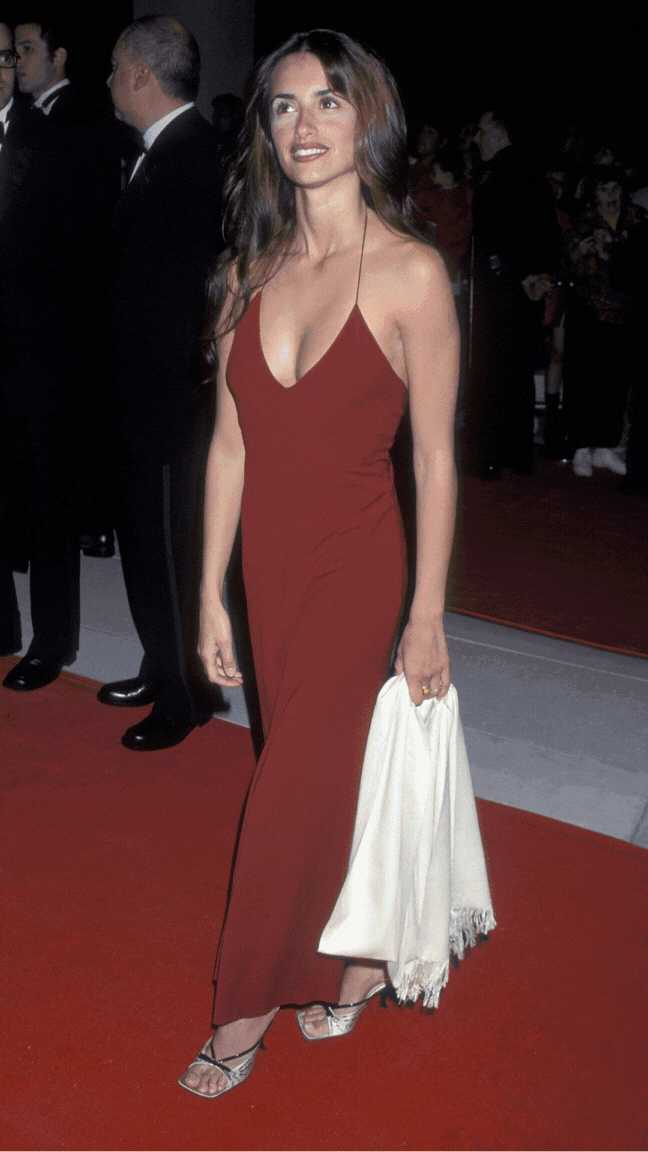The 2001 cult comedy Josie and the Pussycats opens with a scene of the members of the fictional boy band DuJour arguing on their private plane. Clad in their tight leather pants and flame-print tanks, two singers from the band are fighting over stealing one another’s signature modeling poses. “It’s my face,” says Seth Green’s character. It’s satire, of course—but a moment that’s reflective of very real times in the early 2000s, when boy bands like the Backstreet Boys and ’NSync dominated the charts (and magazine covers) with their matchy-matchy outfits.
Boy bands, of course, existed well beyond their Y2K craze. One can find traces of boy bands as far as the 1870s, with the prominence of Black southern barbershop quartets, and the 1950s, with the rise of doo-wop groups like the Cadillacs. But it’s the Beatles in the 1960s who are widely considered to be the first boy band to become a global sensation. The English rock group—with their signature bowl cuts and sharp suits and ties—created such widespread hysteria that their fandom even earned its own nickname: Beatlemania. It didn’t take long for other boy bands to rise: The Beach Boys, the Jackson 5, and the Monkees gained traction during the groovy decade too. Each group brought forward a distinctive fashion flavor; the Beach Boys, for instance, embodied a cheeky surfer vibe. But they all matched.
In the decades that have since followed, boy bands have expanded into virtually all genres of music, from rap to pop music. The coordinated fashions have remained constant. In the ’90s groups such as Boyz II Men embraced preppy style with their Brooks Brothers suits and tennis sweaters. The Backstreet Boys also burst onto the scene and became one of the most coordinated groups to ever exist. (They matched virtually everything, from overalls to moto jackets.) By the 2000s, boy bands like ’NSync and B2K were all dressing so alike that they became the focus of many parodies, including in the aforementioned Josie and the Pussycats as well as the 2001 MTV movie 2gether.
During the 2010s, the appetite for boy bands didn’t subside. The Jonas Brothers and One Direction ignited worldwide fandoms and cultivated unique looks of their own. The Jonas Brothers had a penchant for trios of skinny jeans, and One Direction fixated on even skinnier suits. By the late 2010s, boy-band style evolved to be a little more sleek and understated. K-pop groups like BTS truly set this standard: The seven members have worn slick tailoring from high-fashion labels like Celine, Bottega Veneta, and Louis Vuitton, pushing forward a new memo that the outfits shouldn’t match per se but rather loosely go together in an artful way.
The K-pop genre is, unsurprisingly, still dominating this space. The latest group gaining buzz is South Korea’s Tomorrow x Together, who appeared on Good Morning America in July wearing traditional suit vests and ties. Compared to the kitschier outfits worn by bands in the 1990s and 2000s, the new boy-band look seems to be all about simplifying things and shifting focus back onto the music. This is certainly not a bad thing! But we’ll simply always have a soft spot for matching disco-ball shirts.






